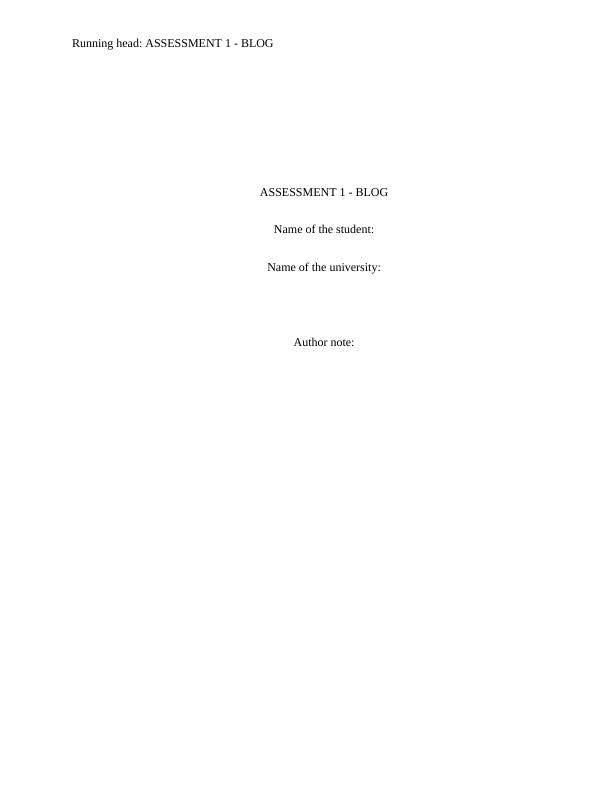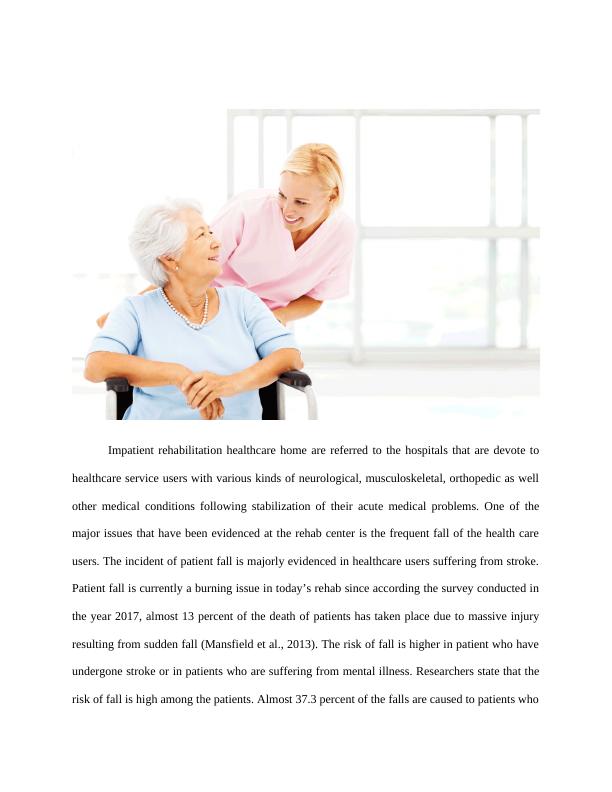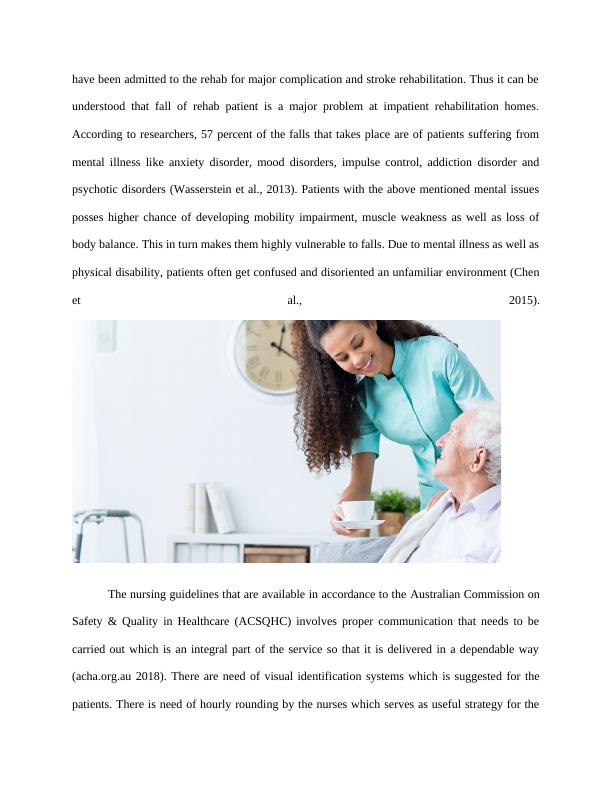Patient Falls in Inpatient Rehabilitation Healthcare Homes
10 Pages1714 Words471 Views
Added on 2023-06-05
About This Document
This blog discusses the issue of patient falls in inpatient rehabilitation healthcare homes, particularly in patients with mental illness or stroke. It also covers the nursing and clinical guidelines for fall prevention and the need for individualized treatment and rehabilitation programs. Additionally, the blog explores the concept of Knowledge Translation (KT) in bridging the knowledge-to-practice gap in rehabilitation services.
Patient Falls in Inpatient Rehabilitation Healthcare Homes
Added on 2023-06-05
ShareRelated Documents
End of preview
Want to access all the pages? Upload your documents or become a member.
Evaluation of Post-Stroke Rehabilitation Clinical Practice Guideline
|10
|2581
|105
The Role of Family in Mental Health Rehabilitation: A Critical Evaluation
|12
|3301
|500
Health Care for Mentally Ill Adults in UK
|1
|1219
|57
Vulnerable population and “at risk” population
|4
|771
|232
Finance Assignment on Nursing
|7
|1370
|83
Understanding Mental Illness: Factors, Epidemiology, and Interventions
|12
|2658
|76



